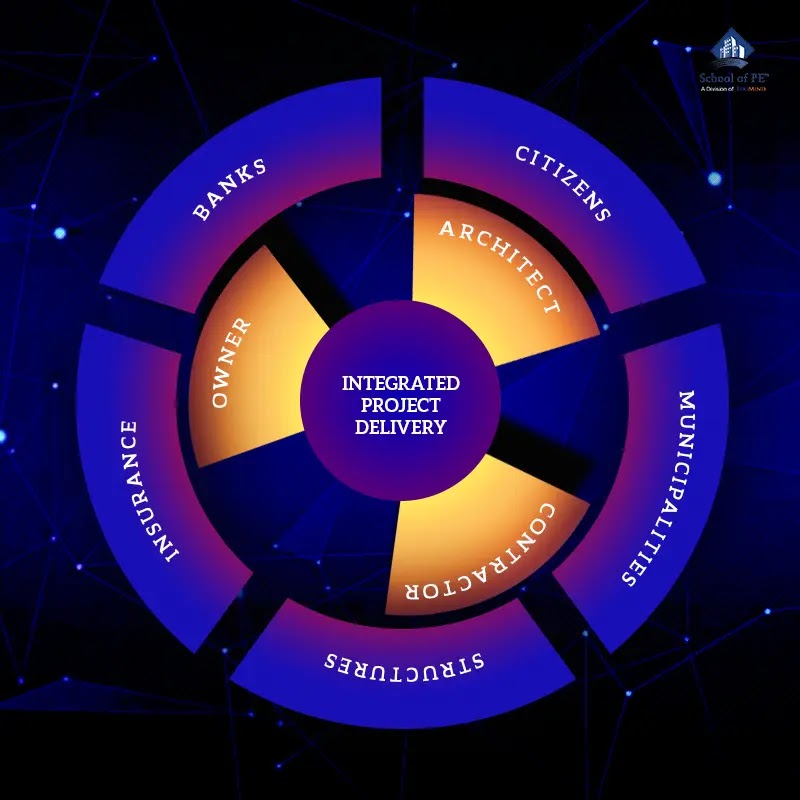Integrated Project Delivery
Dec 17, 2019
The project delivery method determines the relationships, risks, and roles parties take in the contractual structure of how a project is going to be built. There is not one way to construct a building; it can be done through many different models. What determines those models is a set of factors typically in relation to budget, schedule, and roles of the parties involved. What has happened throughout time is the want for those parties to come together in collaboration as opposed to acrimony. This has been the reason for developing the design-build (DB) project delivery method where the architect and contractor are on a team as a single entity to be contracted with the owner. Where DB has started that relationship, the development of integrated project delivery (IPD) is taking it further.
At its core, the modus operandi for IPD is for everyone involved in the project to share in the successes and failures. This is set up through some incentive (typically financial). However, IPD pushes these relationships beyond owner, architect, and contractor to include banks, citizens, municipalities, businesses and business structures, insurance, and so on. The benefits of IPD are reducing waste by maximizing the relationships and efficiencies of those involved, optimizing results, increasing value to the owner (and possibly community), and creating a more seamless process through collaboration. This process necessitates that team members be aware of the process and roles of other members.

This process has many benefits, but it has been slow to take root with the process of allocating risk-and thus, insurance coverage. This remains the largest roadblock, currently, in attaining pure IPD. Where pure IPD models remain to be seen, IPD-like or IPD-lite are becoming much more common within the building industry; there is a supporting push within educational communities to explore this process through interdisciplinary design.
Latest Blogs
Blogs by Year/ Month
Copied to clipboard



